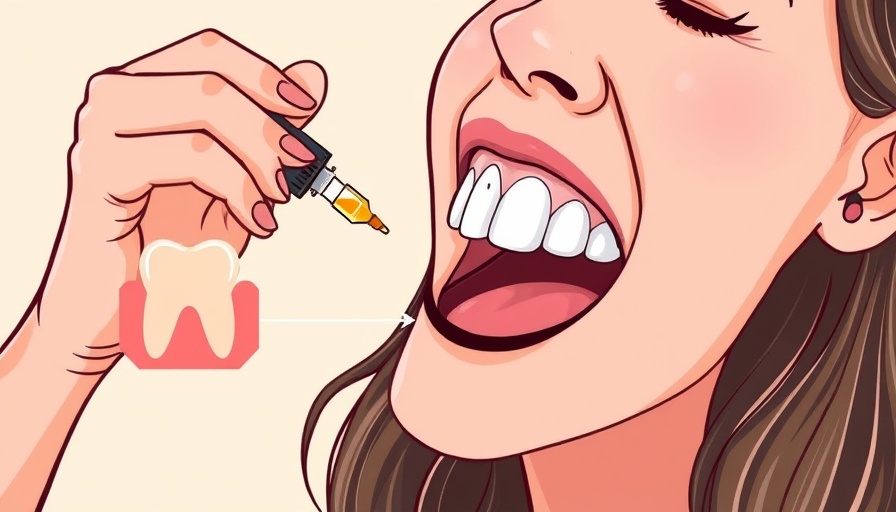
Understanding Processed Meat and Lung Health
The World Health Organization (WHO) has made headlines by classifying processed meats as carcinogenic to humans. These meats, ranging from bacon and sausages to hot dogs and lunch meats, have been linked not just to cancer but also to serious health conditions such as type 2 diabetes and coronary heart disease. But what about their impact on our lungs? Recent research has increasingly connected processed meat consumption with respiratory illnesses, particularly Chronic Obstructive Pulmonary Disease (COPD).
Processed Meats: The Science Behind the Smoke
Processed meats often contain nitrites, preservatives that help maintain a pleasing color and reduce spoilage. However, these nitrites may play a role in lung damage. Animal studies suggest that sodium nitrite, a compound used in curing meat, can lead to emphysema—a serious lung condition characterized by damaged air sacs. In humans, studies have shown that those who frequently consume these processed meats are at a higher risk of developing COPD. Specifically, research indicates that eating cured meat like sausages every other day could triple one's odds of developing severe COPD.
Emerging Data: A Dangerous Link?
As scientific data accumulates, the links between lung function and processed meat consumption grow stronger. Major studies involving hundreds of thousands have indicated that the risk of COPD increases by approximately 40% with higher consumption of processed meats, translating to additional risks for each hot dog or sausage consumed weekly. This evidence has begun to paint a concerning picture of the health ramifications associated with processed animal products.
Investigating Inflammation: A Closer Look
Two main mechanisms seem to contribute to lung health issues related to processed meats: advanced glycation end-products (AGEs) and high salt content. AGEs can promote inflammation in the body, potentially exacerbating respiratory conditions. Furthermore, the high sodium levels in processed meats may contribute to systemic inflammation, impacting overall lung health. Understanding these mechanisms highlights the potential dangers that consumption of these meats poses not just for physical health but also for respiratory function.
Nitrites: From Meat to Airways
Interestingly, nitrites aren’t just found in processed meats. They also manifest as byproducts of tobacco smoke, a primary cause of COPD itself. This dual pathway accentuates the stakes, as both tobacco smoke and cured meats could be compounding factors in the deterioration of lung function. It raises an important question: could moderating processed meat consumption contribute positively to lung health in individuals with pre-existing respiratory conditions?
Hospital Readmissions and Processed Meat Consumption
According to research, the risks associated with processed meat extend beyond initial lung damage. Individuals suffering from COPD who consume more cured meats face nearly twice the risk of being readmitted to the hospital. This underscores the critical need to highlight dietary choices in respiratory disease management. Recognizing how food choices impact hospital readmissions can inform both patients and clinicians about comprehensive care strategies.
What You Can Do: Embracing Healthy Choices
Given these findings, reducing processed meat consumption may be a key step toward protecting lung health. Opting for fresh, whole foods and alternative sources of protein, such as legumes, nuts, and fish, can lower the risk of lung-related illnesses. Moreover, incorporating more fruits and vegetables can support overall health and resilience against chronic diseases.
Conclusion: Challenge & Change for Better Lung Health
The growing body of evidence indicates a concerning correlation between processed meat consumption and compromised lung function. As we continue to uncover the impact of our dietary choices on health, staying informed empowers us to make conscious decisions. Reducing processed meat in favor of healthier alternatives can lead not only to improved respiratory health but to a longer, healthier life overall.
#ProcessedMeat, #LungHealth, #COPD, #Nitrites, #Carcinogenic, #Inflammation, #DietaryChoices, #RespiratoryHealth, #HealthyEating, #ChronicDisease
 Add Row
Add Row  Add
Add 




Write A Comment